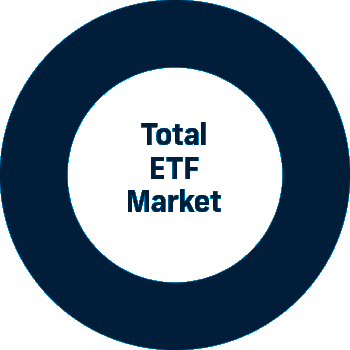Fixed Income:
The future is here.
BondBloxx is the first ETF issuer to focus solely on providing precision tools to help investors seize opportunities in fixed income markets.
Today fixed income represents only 20% of the ETF market – the industry projects this to grow to over 40% by 2030.¹ BondBloxx is at the forefront of driving this change, bringing more choice and flexibility to how investors navigate the bond market.

Partnership powers every product.
Fixed income ETFs have the power and potential to improve investment performance by delivering greater transparency, lower costs and increased liquidity.
To help expand the toolkit available to investors, our team constantly listens to the needs of the fixed income community, then works to deliver bond ETFs that provide the ability to execute a range of views across U.S. Treasuries, corporate bonds, tax-aware strategies, international debt, and more.
Insights
Get the latest on fixed income from BondBloxx.
Subscribe to receive our fixed income market commentary and outlooks, investment ideas, and event invites.
Newsroom
Let’s build the future of fixed income together.
Call us: 800.896.5089
¹ Source: SFIMA Quarterly Report: US Fixed Income, VettaFi, as of 9/30/24.